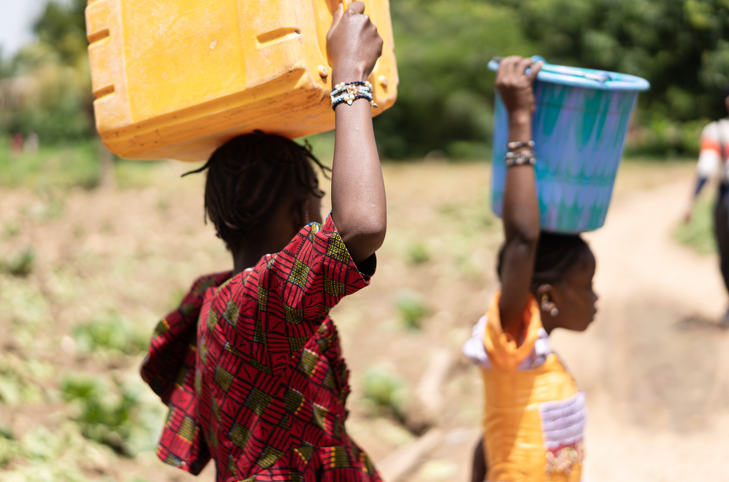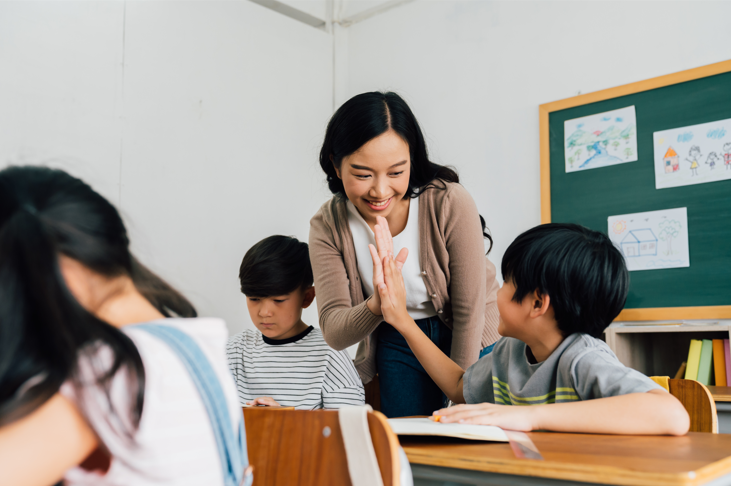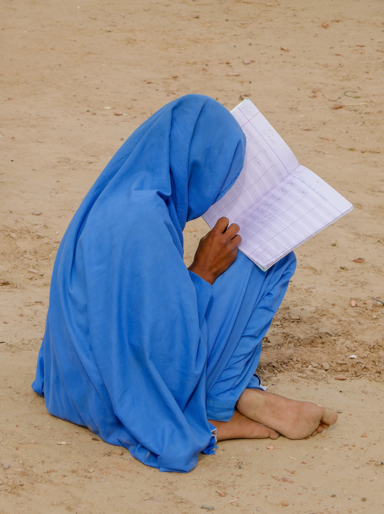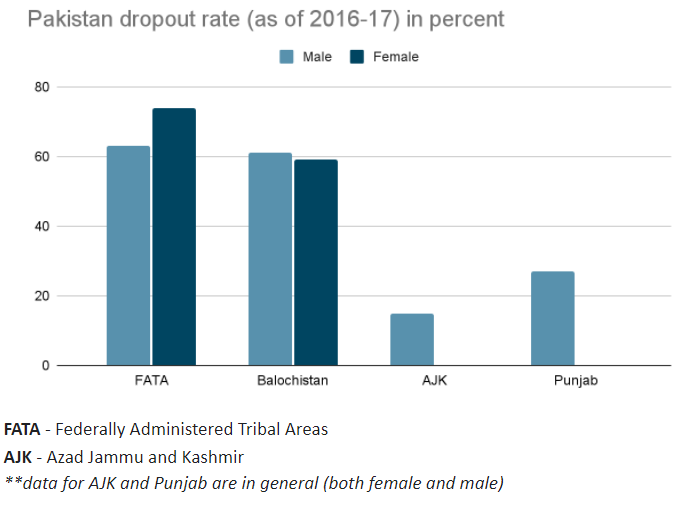
“Quality Education” is the topic of this unit.



Let’s get started.




| 1. | What can be done about the diseases that account for the majority of deaths under the age of five? |
| Diseases that account for the majority of deaths under the age of five can be ____________ or ____________. |


| 2. | Did you do your research on the sub textbook? Did you find the activity to solve the hunger issues? Please tell me what you feel about it. |




In the next part, we are going to learn about “Quality Education”.
次のパートからは、「質の高い教育をみんなに」について学習を進めましょう。

| 1. | Where is Pakistan? A, B or C? |
| The answer is _________. |



| 2. | What can you see in the pictures? Please describe as many as you can from each picture. |
|
|
|
| Answer: |






|
primary education 初等教育
Every child has the right to have a primary education.
|

|
out-of-school children 学校に通っていない子ども Statistics show that out-of-school children are forced to work at a young age.
|

|
curriculum 履修課程、カリキュラム
The school’s curriculum must be updated.
|

|
dropout 中退(者)、脱落(者)
The school’s dropout rate is high due to its distance from the villages.
|


Part D_3 Vocabulary


| 1. | ____________________ is important for children to learn many things. |
| 2. | The number of _________________ in the country is rapidly increasing. |
| 3. | An outdated school _______________ is not an effective learning tool. |
| 4. | Data shows that there are many reasons that contribute to the high _______________ rate in Pakistan. |




Then, let’s move on to the next part.

In 2019, roughly four out of every five children completed primary school. Furthermore, the number of out-of-school children has decreased by nearly 40% in the last two decades. However, 58 million primary school-aged children remain out of school. The majority of them come from low-income communities.
Data from the Multiple Indicator Cluster Surveys (MICS) show that many children lack foundational reading and math skills. It means that providing a high-quality education to all children is a major challenge.



| 1. | How many children of primary school age remain out of school? |
| Answer: |


| 2. | What did the MICS data show about many children? |
| Answer: |



But the biggest problem in Pakistan is the high rate of dropouts. According to a 2017 study, 40 percent of children aged 5 to 6 did not go to school. The major factors that contribute to this problem include the poor education system, poverty, and child labor.



| 1. | According to the graph, which place in Pakistan has the highest dropout rate for both male and female students? |
| Answer: |


| 2. | What are the major factors that affect the dropout rate in Pakistan? |
| Answer: |




If you have any questions, please ask me.


| 1. | What do you think is the best thing or the most interesting thing you learned in elementary school? Why do you think so? |
| Answer: |


| 2. | What topic do you want to learn more about or what skills do you want to improve or get during your school life? |
| Answer: |







